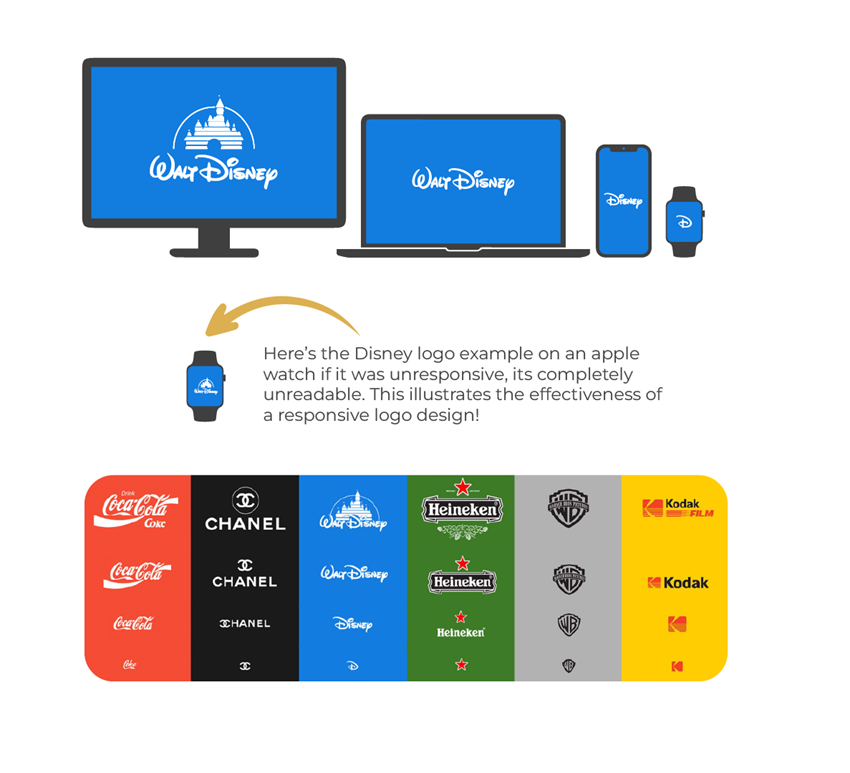Zen Blog
Branding in the Digital World: Why Responsiveness is Important
The digital age has brought around a host of changes to the way brands market themselves to the public. While traditional design principles of simplicity, uniqueness and strict guidelines still apply, content and brand now need to be dynamically responsive for a variety of different types of media displaying on countless different devices.

An instantly recognisable logo is worth more to a brand than anything else. The golden arches, the bitten apple, the five interlocking rings and the swoosh. Even a brief description of them gives people enough information to know what we’re talking about. Of course, it’s rare enough for a company and brand to achieve such a ubiquitous global presence, however that doesn’t mean the same principles of design can’t inform how to approach branding for those less pervasive.
It's not uncommon for otherwise recognisable logos to undergo slight modification from time to time, for brand guidelines to be updated and new colour schemes implemented. As times change, so do trends and tastes, so it’s hardly surprising that the best brands refresh themselves occasionally. The trick being to maintain enough of the old logo and branding guidelines to remain recognisable whilst still feeing new. But ever-changing tastes go hand in hand with new technologies and now more than ever responsive branding is essential to maintaining brand coherence over a multitude of different mediums.
Responsive branding entails making sure that your logo and brand can be properly represented wherever it might need to be presented. The most obvious example of this is in the form of Logos that can be deconstructed as appropriate. The Nike swoosh perfectly illustrates this concept at a based level. The “regular” Nike logo features the swoosh with “NIKE” in block capitals above. But the “NIKE” can be removed as appropriate. For example, on Instagram images because when viewing on mobile the text would be too small to read. Or perhaps the specific design of an advertisement calls for purely image-based presentation. Text might distract from the message. Therefor the swoosh alone is used, it’s instantly recognisable and suits the design of the advertisement.
It's not that this has not been a consideration until recently, it’s just that reason and opportunity to use responsive logos are much more prevalent in the age of smart phones and social media.

It's a common practise now for all major brands to follow this philosophy. In many scenarios, global brands were already prepared for the digital age due to decades of redesigns and refreshes which established what the major focal points of the branding were, such as the Disney D or the Heineken star above. For those that haven't had the luxury it's now more crucial than even to consider how your brand can be represented across different mediums.
So, if you’re thinking about engaging in a branding exercise, either for a new product or service, or for a well needed refresh of an established name. Then make sure you’re looking into the responsiveness of your logo and other materials. It’ll improve your exposure and recognition within your customer base and save your design and marketing team a few headaches. Contact The Zen Agency today for help with your branding.




